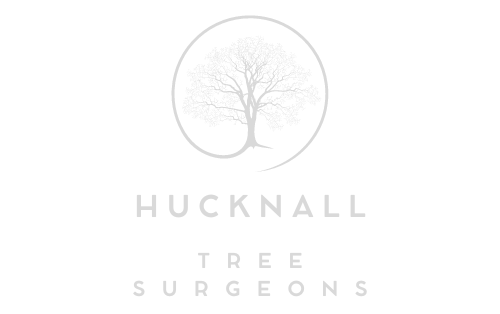Mastering the Art of Tree Trimming: A Comprehensive Guide
Introduction: Tree trimming is a vital aspect of tree care that involves the removal of specific branches to enhance the health, aesthetics, and safety of trees. Whether you’re a homeowner, landscaper, or arborist, understanding proper tree-trimming techniques is essential for maintaining the beauty and longevity of your trees. In this comprehensive guide, Hucknall Tree Surgeons will explore the various tree-trimming techniques and provide valuable insights for achieving optimal results.
1. Pruning vs. Trimming: Understanding the Difference
Before delving into specific techniques, it’s crucial to differentiate between pruning and trimming. While both practices involve removing branches from trees, they serve different purposes:
- Pruning: Pruning focuses on selectively removing branches to improve tree structure, health, and growth. It involves strategic cuts to encourage proper branching, remove dead or diseased wood, and shape the tree’s overall form.
- Trimming: Trimming, on the other hand, primarily involves the removal of excess growth to maintain the desired size, shape, and appearance of trees. It includes cutting back branches encroaching on structures, obstructing views, or posing safety hazards.
2. Basic Tree Trimming Tools and Equipment
Before attempting any tree trimming, it’s essential to have the right tools and equipment on hand. Some common tools used for tree trimming include:
- Pruning shears: Ideal for cutting small branches and twigs.
- Loppers: Longer-handled pruning tools used for cutting thicker branches.
- Pruning saw: Designed for cutting larger branches with precision.
- Pole pruner: Used for reaching high branches without a ladder.
- Safety gear: Including gloves, safety glasses, and a helmet to protect against injury.
Appropriate tools and safety gear ensure efficiency and safety when trimming trees.
3. Key Tree Trimming Techniques
Now, let’s explore some fundamental tree-trimming techniques:
- Crown Thinning: Involves selectively removing branches throughout the canopy to increase light penetration and air circulation. This technique helps reduce wind resistance and the risk of storm damage.
- Crown Raising: Focuses on removing lower branches to raise the canopy and create clearance beneath the tree. It’s commonly done to provide pedestrians, vehicles, or structures clearance.
- Crown Reduction: Targets specific branches to reduce the overall size and density of the tree’s canopy. This technique is used to alleviate stress on the tree, improve aesthetics, and mitigate hazards.
- Deadwooding: Involves the removal of dead or dying branches from the tree. Deadwooding improves safety, prevents disease spread, and enhances the tree’s appearance.
- Directional Pruning: Guides the growth of branches in a particular direction by making strategic cuts. This technique often shapes trees or directs growth away from structures.
4. Best Practices for Tree Trimming
To ensure the success of your tree-trimming efforts, it’s essential to adhere to the following best practices:
- Identify the purpose and goals of trimming before making any cuts.
- Make clean, precise cuts at the correct angle to promote rapid healing and minimise stress on the tree.
- Avoid over-pruning, as removing too many branches can compromise the tree’s health and stability.
- Consider the tree’s natural growth habit and structure when deciding which branches to trim.
- Regularly inspect trees for signs of damage, disease, or pest infestations and address any issues promptly.
Conclusion: Mastering tree trimming techniques is essential for promoting your trees’ health, aesthetics, and safety. By understanding the differences between pruning and trimming, equipping yourself with the right tools, and following best practices, you can achieve optimal results and maintain the beauty and vitality of your landscape.
Call us on: 0115 647 1150
Click here to find out more about Hucknall Tree Surgeons
Click here to complete our contact form and see how we can help with your tree’s needs.

